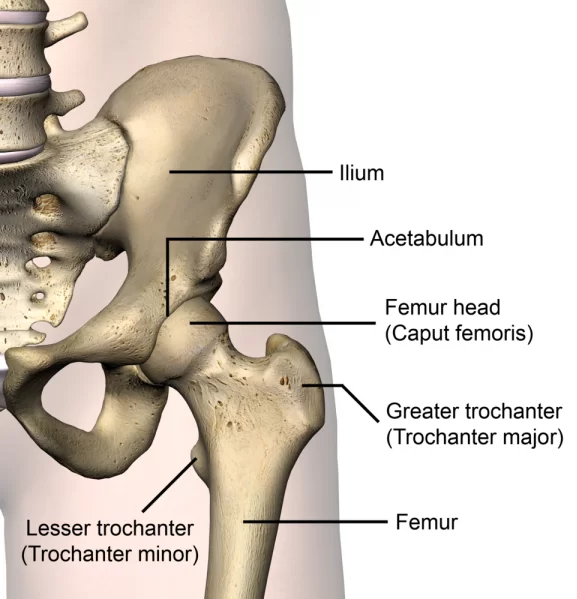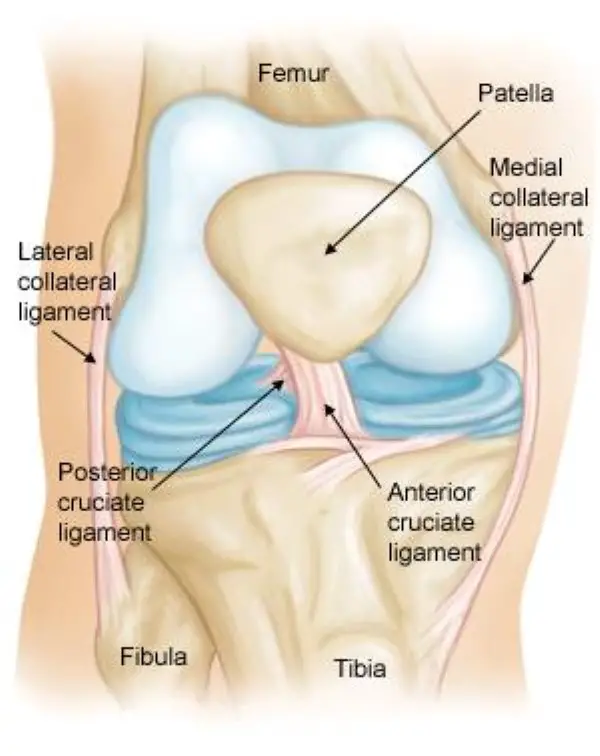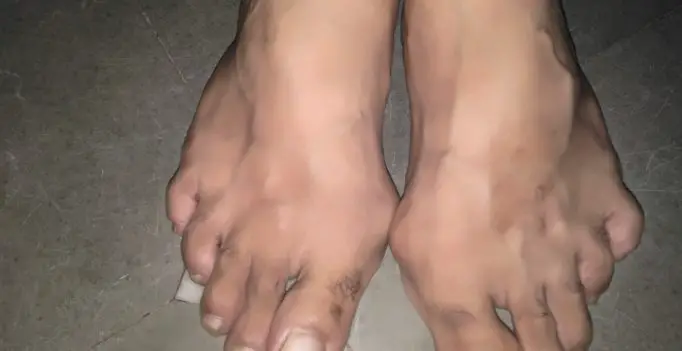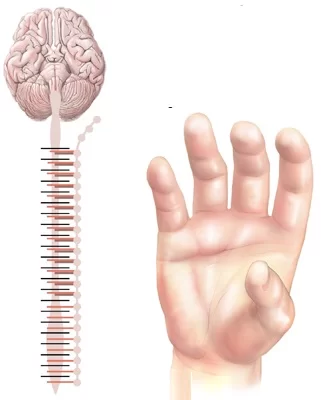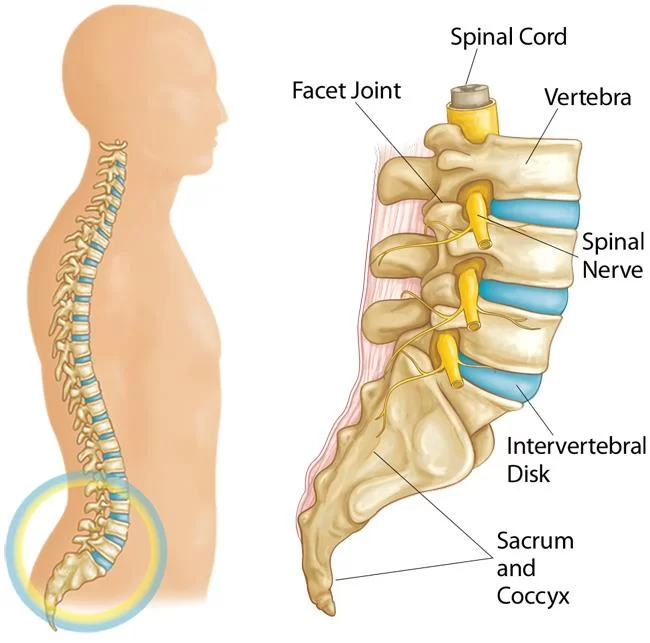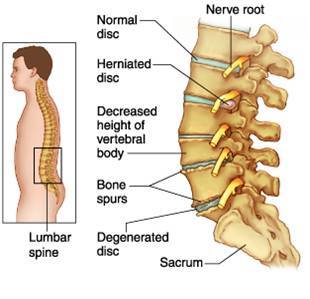Low Back Pain: Physiotherapy Management
Low back Pain can be Due to conditions affecting Low Back Body Part Like the bony lumbar spine, inter-vertebral discs (discs between the vertebrae), ligaments around the spine and discs, spinal cord and nerves, muscles of the low back, internal organs of the pelvis and abdomen, and the skin covering the lumbar area. Treatment of…



